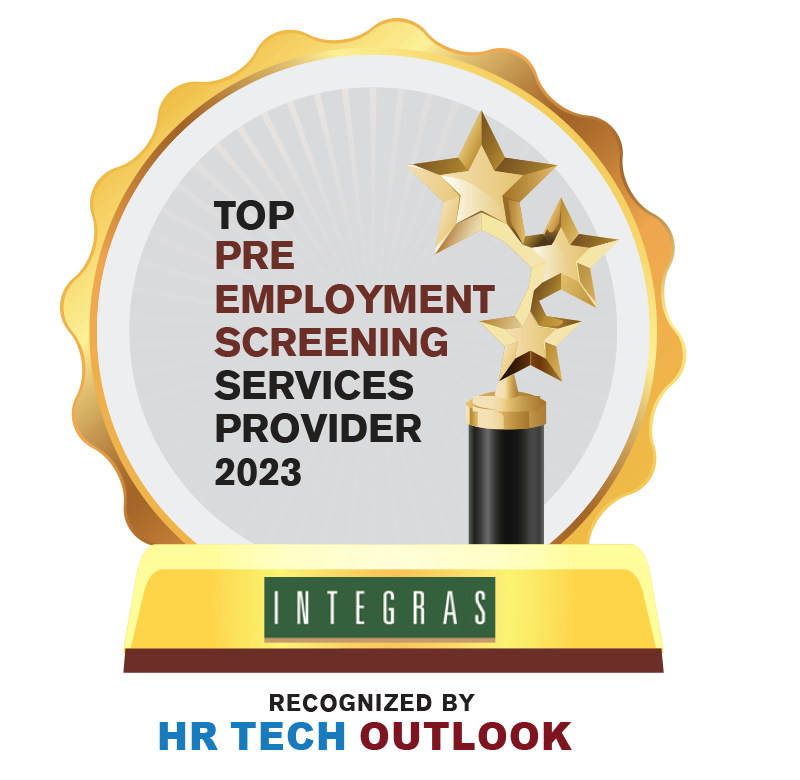
Imagine you are a business development representative at a mid-sized company that is growing internationally. Your boss wants you to travel to meet with a potential customer in a foreign country that you are not familiar with. You have a week to prepare. What do you know about this country and what can you learn? What travel security risks might you face there that are different than what you might encounter at home? How can you determine if taking that trip will be safe?
Assessing the risks of traveling to a foreign country and understanding the threats you may face there is not necessarily simple or easy. Even destinations that were once considered extremely safe, such as the UK and France, have been the scene of significant security incidents over the past several years. The level of uncertainty is compounded as travel—frequently for business but also for adventure or eco-tourism—takes people to places that are increasingly different from what they are familiar with.
Understanding Context for Travel Security
Two important things to consider: The first is that context is key. We will go into greater detail on that later, but who you are, where (specifically) you are going, and what you are doing are very important parts of any travel security assessment. The second is that people travel to cities (or towns), not countries. It is difficult to paint any country with a broad brush regarding risk. It’s important to look at the most granular level possible and available.
- Subscription services. Corporate security departments typically have one or more subscription intelligence services available to them. These intelligence companies monitor events around the world and assign risk ratings to different locations and sell this as a service to their clients. While these are extremely useful, for our purposes we will assume you do not have access to these resources and we will discuss how to conduct an assessment using free, open source methods.
- Government resources. One of the first places to start when assessing travel security is the U.S. State Department website. This website provides country-level information, including a section on safety and security. Even though this information is somewhat broad, it’s a good place to begin. Another U.S. State Department website that has some valuable material for the public is the Overseas Security Advisory Council. While most of this website is password-protected for OSAC constituents, the Crime and Safety Reports are available to the public.
- Online research. Google is your friend (really). When used intelligently and judiciously, Google and other search engines can be a very valuable resource in assessing travel security for your destination. This is particularly true of Google Maps, which allows you to get familiar with the layout of your destination. You can sometimes get a read on atmospherics in your target locations. What do the streets look like? Are the buildings well-kept or run-down? Is there graffiti? What do the people look like? How are they dressed, and what do they appear to be doing? I am not suggesting this will give you a full picture by any means, but it will give you a sense, especially in conjunction with other information you are receiving. Google Maps (even in locations where there is no street view available) can be a great asset in your planning. While it’s beyond the scope of our discussion here, you can perform initial route analysis and identify potential safe havens and key locations, such as hospitals, that can be an important component of your travel plan.
- Other sources. For general information about the country, such as languages spoken, GDP, etc., a good resource is the CIA World FactBook. Again, this is far from a standalone source, but it gives a good base of general knowledge about the country. You can also check travel forums, blogs that report on international crime, and so forth.
- Networking. Trade associations, alumni groups and social media can all be methods for connecting with people at your planned destination to gather information.
Identifying and Mitigating Vulnerabilities
Once we understand the threat environment and the context of our trip, the next step is to look for vulnerabilities. Where during your trip are you likely to be vulnerable? One time when most travelers are especially vulnerable is on arrival. This is especially true if you have never been to the location before. For our purposes, we will assume air travel. You are likely to arrive tired and in unfamiliar surroundings. When you are fatigued, it is difficult to maintain sufficient awareness, and your judgment and decision-making skills may be impaired. This makes you vulnerable to both a myriad of scams, as well as potentially more violent crimes. The points of vulnerability will vary based on the traveler and the particular trip, but they will almost always exist, so try to identify them in advance.
Now that you understand the threat environment at your destination, how that relates to the context of your trip, and potential points of vulnerability, you can use this information to develop mitigation measures. For example, we cited that your arrival is a likely point of vulnerability (as is your transit to your first destination, likely your accommodation). How can you mitigate this? One way might be to arrange transportation with a reliable car service that meets you at the airport. If you are in a city where public transportation is safe to use, you would want to be familiar with that well in advance of your arrival, so you know exactly where you need to go.
While a full discussion of travel security planning lies beyond the scope of this article, the information you have developed during this assessment phase will empower you and facilitate your planning.
This approach is very scalable, as all good security measures should be. If you determine your destination is higher risk, then you should devote more time and effort to doing a detailed assessment and subsequently do more thorough planning. In more benign locations, the process is much simpler and quicker, but even in these places, there are neighborhoods and locations you will want to avoid. Doing this prep work on the front end of your trip helps ensure a safer and less stressful experience on the road.
 A former infantry officer in the US Marine Corps, Patrick Kane, CPP, is a security director working for a global logistics provider, with more than 20 years of experience in corporate security. He is the author of the book Practical Security Training and a contributing author to Personal Security, written by Tanya Spencer.
A former infantry officer in the US Marine Corps, Patrick Kane, CPP, is a security director working for a global logistics provider, with more than 20 years of experience in corporate security. He is the author of the book Practical Security Training and a contributing author to Personal Security, written by Tanya Spencer.












